The prostate, a small gland between the bladder and the rectum, has gained increased attention recently for its potential pleasure and health benefits. While historically associated with male sexual pleasure in the context of cisgender, heterosexual relationships, it's important to recognize that prostate stimulation can bring pleasure and health benefits to all individuals with a prostate, regardless of their sexual or gender identity. In this article, we will explore the benefits of prostate stimulation, debunk myths and misconceptions, and provide evidence-based information for individuals of all sexual identities to embrace and explore this often-overlooked aspect of sexual health.
What are the benefits of prostate stimulation?
The prostate gland is an erogenous zone; prostate stimulation can result in pleasurable sensations and even orgasms. However, the benefits of prostate stimulation go beyond sexual pleasure. Research has shown that regular prostate stimulation can have various health benefits. Some potential benefits of prostate stimulation may include the following:
1. Improved prostate health
Prostate stimulation can help release prostatic fluid (a fluid important for the proper functioning of sperm cells and fertility in people with a prostate), which may help reduce the risk of inflammation, infection, and prostate-related health issues such as benign prostatic hyperplasia (BPH) and prostatitis. Prostate health may or may not be something you have on your mind, but education on the topic can help you stay on top of your prostate health.
2. Enhanced sexual function
Prostate stimulation can improve sexual function by increasing blood flow to the pelvic area, enhancing sensitivity and pleasure, and potentially helping with issues such as erectile dysfunction (ED).
3. Reduced stress and improved well-being
Prostate stimulation can promote relaxation and stress reduction, similar to other forms of sexual activity. Reduced stress can also improve physical health by lowering the risk of heart disease, high blood pressure, weakened immune function, and other stress-related issues. It can also lead to enhanced mental well-being, better cognitive functioning, increased productivity, improved sleep quality, and strengthen relationships.
4. Enhanced emotional intimacy
Prostate stimulation can be a form of sexual exploration and intimacy with a partner that promotes emotional bonding and intimacy. Given the historical stigma of prostate stimulation, many people with a prostate have never explored this part of their body and may feel vulnerable. Whether for health, pleasure or whatever your reasoning, including a partner in your process, may deepen intimacy and understanding between each other and each other’s bodies.
What are some myths and misconceptions about prostate stimulation?
Despite the potential benefits of prostate stimulation, several myths and misconceptions may discourage individuals from exploring this aspect of their sexual health. Let's debunk some of these myths with evidence-based information:
Myth #1: Prostate stimulation is only for homosexual cis men. This is a common misconception. Prostate stimulation can bring pleasure and health benefits to all individuals with a prostate, regardless of their sexual or gender identity.
Myth #2: Prostate stimulation is only for individuals with specific health conditions. While prostate stimulation may be therapeutic for certain prostate-related health conditions, such as prostatitis or BPH, it can also be a pleasurable and healthy sexual practice for individuals without specific health concerns.
Myth #3: Prostate stimulation is painful or dangerous. With proper technique, lubrication and communication, prostate stimulation should not be painful or dangerous. It's important to start slowly, use appropriate tools (such as prostate massagers or fingers), and communicate with your partner (if applicable) to ensure a safe and pleasurable experience.
Myth #4: Prostate stimulation is not "normal" or "acceptable" for individuals with diverse sexual identities. Prostate stimulation has nothing to do with one's sexual orientation, gender identity, or acceptability. It's a normal aspect of human anatomy and sexual health, and all individuals with a prostate, regardless of their sexual identity, have the potential to experience pleasure and health benefits from prostate stimulation.
How do I begin exploring prostate stimulation?
If you are interested in exploring prostate stimulation, here are some tips for getting started:
Educate yourself.
Learn about the prostate's anatomy, different prostate stimulation techniques, and potential health benefits. Refer to reputable sources such as medical journals, sexual health websites, and educational resources on sexual health and anatomy. Some books I’d recommend include “Ultimate Guide to Prostate Pleasure: Erotic Exploration for Men and Their Partners” by Charlie Glickman, “Anal Pleasure and Health: A Guide for Men, Women and Couples” by Jack Morin Ph.D., and “The Guide to Getting It On” by Paul Joannides.
Communicate with your partner.
Open and honest communication is crucial if you have a partner. Discuss your interests, desires, and concerns about prostate stimulation, and make sure you both have clear boundaries and consent.
Use proper techniques and tools.
Proper technique for prostate milking and appropriate tools, such as prostate massagers, finger gloves or finger condoms, prostate stimulating tools, and prostate vibrators, are important for a safe and pleasurable experience. Start slowly and gently, using plenty of lubrication, and listen to your body's cues.
Practice self-care.
Like any sexual activity, self-care is important for prostate stimulation. Pay attention to your body, take breaks when needed, and prioritize your physical and emotional well-being.
Consult with a healthcare professional.
If you have any specific health concerns or medical conditions related to the prostate, it's always best to consult a healthcare professional. They can provide personalized advice and guidance based on your individual health needs.
Takeaways
Prostate stimulation is a pleasurable and healthy aspect of sexual health that can benefit all individuals with a prostate. It's important to debunk myths and misconceptions, educate ourselves, communicate with our partners, and prioritize self-care when exploring prostate stimulation. Remember that sexual health is a personal and individual aspect of our lives, and everyone has the right to investigate and enjoy their unique pleasures and experiences.































